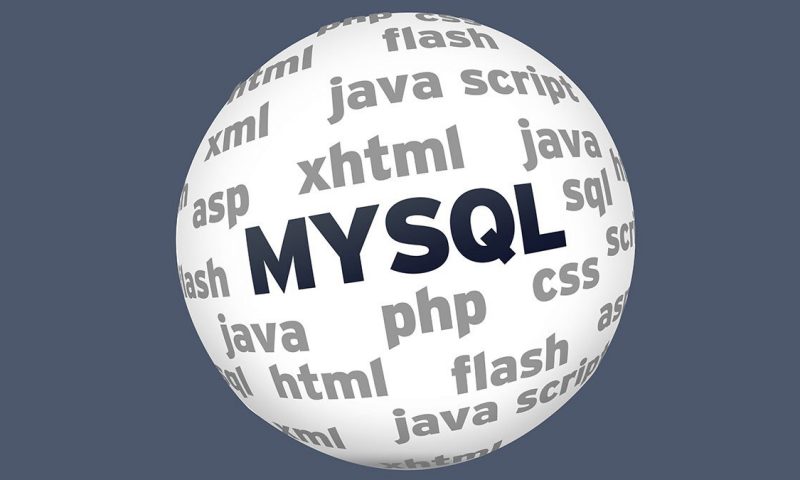MySQL has become the most popular database management system (DBMS). The internet
could not be what it is today without it, it’s one of the four most advanced and free technologies available today. Let’s review the top four technologies:
- MySQL;
- Apache;
- Linux;
- PHP.
The provision of stable and quick site operation is currently not possible without the use of the database. It’s important to have a good data storage system in place. For that reason a lot of modern sites use namely MySQL.
The First Successful Version
The functioning instrument publication was 1st announced in 2000 called version 3. It can
hardly be named the full-fledged DB, the definition – the sunk for the server further development with the bare SQL possibilities is the most suitable. In 2004 the long testing of new version was conducted. After several tests it has become known that the well-balanced and qualitative code version has been managed to create. The most successful MySQL design was created in version four release and this was the starting point for the most internet projects.
The main tools, allowing the effective projects management, have become available in version 4. The subqueries, links, R- and B-trees have already been introduced. A year later, an updated system under version 5 was urgently being released. It was characterized by the accessibility to all functions needed for DBMS. New possibilities have been added, such as:
- Cursors;
- Triggers;
- Transactions;
- Stored procedures;
- Presentations etc.
MySQL 5.1 released in 2008 was a modified previous version 5. New additional functions were added: to the server statistics (table), extensions, plug-in support, scheduler and other
functionality and design modifications.
The Problems of the Last Version
When the project started developing rapidly serious problems has begin to appear. Constant
changes of management had a negative effect on the quality of the design. The latest version of MySQL 5.1 had critical bugs that lead to “server destruction” or the display of incorrect results. All the shortcomings were known to developers but their correction does not take place. If to compare with version 4.1, sharp decrease in performance is noticed.
The new rapidly developing project experienced a lot of problems and the developers were
not able to cope with it. During 2008-2009 the dissatisfied users grew in numbers which led to the creation of MySQL forks.
As of 2010 the MySQL 5.1 had 20 serious errors leading to server crashes or distorting of the
output values. The founder of the DB Michael Vaidinius could not stand it and quit Sun. It was
difficult for him to work in such a mess where serious mistakes leading to the system
malfunctioning were not corrected for a long time. Another 35 errors remained from version 5.0 and most likely to remain in modern 5.1 increased the number of critical shortcomings.
The accumulated problems led to the fact that the developers began to make projects “on the side”. Because of this during 2008-2009 MySQL forks turned out to be quite successful and promising began to actively appear as working solutions to an ever growing problem.
